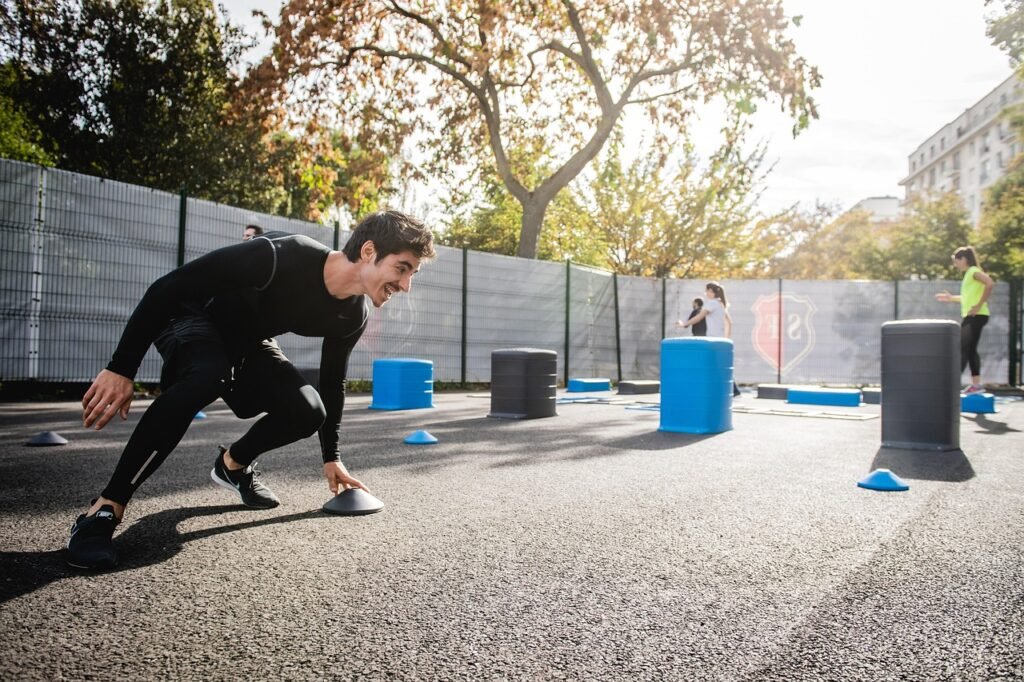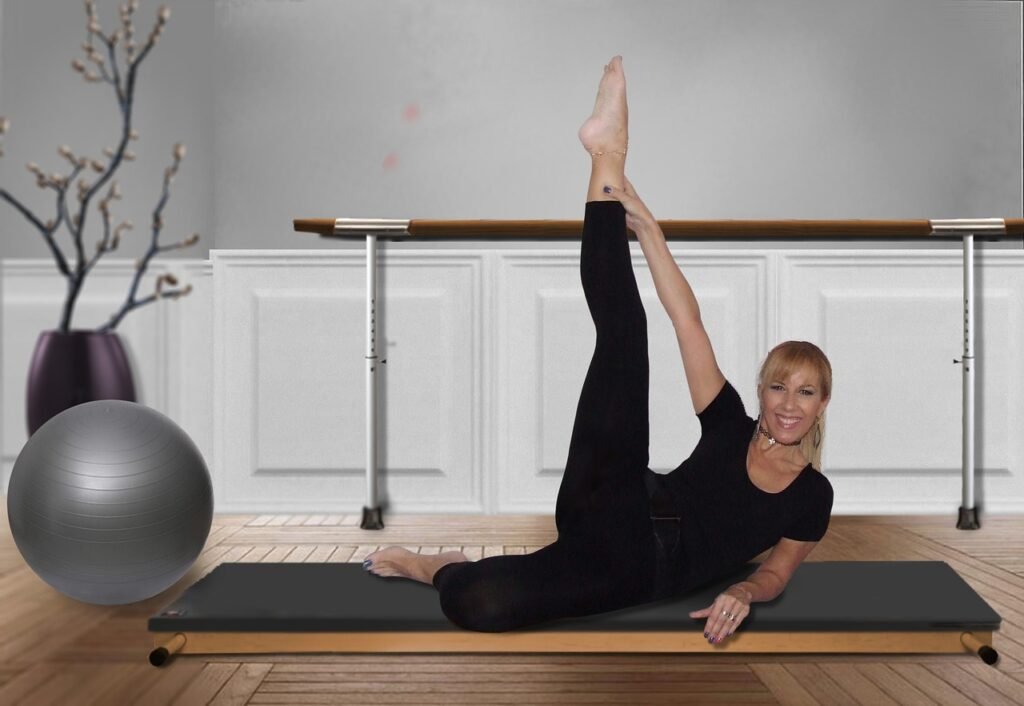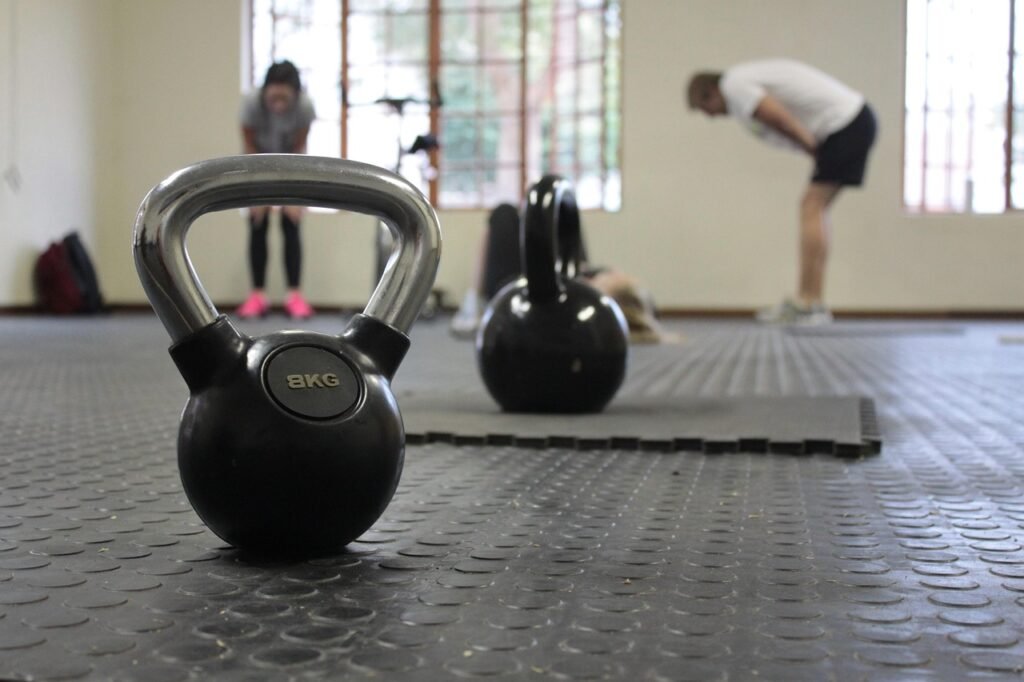Comprehensive Guide to Gym Training Over 40 with Diabetes
Reaching the age of 40 is a milestone, often accompanied by a renewed focus on health and longevity. For the millions living with diabetes, this focus becomes not just a goal, but a necessity. The gym, once a place for aesthetic pursuits, transforms into a powerful therapeutic tool. Combining strength training and cardiovascular exercise is, in the words of many endocrinologists, one of the most potent “medications” available—but it must be taken with knowledge and precision.
This article delves into the science, strategies, and sex-specific considerations for navigating gym workouts after 40 with diabetes.
The Powerful Synergy of Exercise and Glucose Management
Exercise directly combats the core issues of Type 2 diabetes: insulin resistance and glycemic control. For Type 1 diabetics, the relationship is more complex but equally beneficial for cardiovascular health and insulin sensitivity.
The Scientific Mechanism:
During muscle contraction, muscles absorb glucose from the bloodstream for fuel without requiring insulin. This is a game-changer. A single session of exercise can improve insulin sensitivity for up to 48 hours. Furthermore, resistance training builds lean muscle mass. As Dr. Ronald Sigal, a leading researcher in exercise and diabetes, states, “Muscle is the largest organ in the body to dispose of glucose. The more muscle you have, the more glucose you can dispose of, which helps lower blood sugar.” This metabolic advantage is crucial for managing both hyperglycemia and reducing the risk of diabetic complications.
See also: plant based proteins in gym training

The Two Pillars of a Diabetic Exercise Regimen
A balanced routine for individuals with diabetes over 40 should rest on two pillars:
1. Resistance (Strength) Training
This is non-negotiable. After 40, adults naturally lose muscle mass (a process called sarcopenia), which is accelerated by diabetes. Strength training reverses this trend.
- Scientific Take: A meta-analysis published in Diabetes Care concluded that resistance training significantly improves HbA1c levels (a key marker of long-term blood glucose control), increases lean mass, and reduces insulin resistance. The effects are comparable to some diabetic medications.
- How to Implement:
- Frequency: 2-3 non-consecutive days per week.
- Focus: Compound movements that work multiple muscle groups: squats, lunges, chest presses, rows, lat pulldowns, and shoulder presses.
- Form Over Weight: Perfect technique is critical to prevent injury. Consider a few sessions with a certified trainer experienced in working with older adults or those with chronic conditions.
- Progression: Start with bodyweight or light weights. Gradually increase the resistance, not the repetition speed.
2. Cardiovascular (Aerobic) Exercise
Cardio improves heart health, increases calorie expenditure, and enhances insulin sensitivity.
- Scientific Take: The American Diabetes Association (ADA) recommends at least 150 minutes of moderate-to-vigorous intensity aerobic activity per week. This can be broken into manageable 20-30 minute sessions.
- How to Implement:
- Choose Your Modality: Low-impact options like stationary biking, elliptical trainers, rowing, brisk walking, or swimming are joint-friendly and excellent choices.
- Interval Training (HIIT): Research in journals like Diabetologia shows that High-Intensity Interval Training (short bursts of intense effort followed by recovery) is highly effective for improving glycemic control. Caution: HIIT can significantly affect blood sugar and may not be suitable for everyone, especially those with cardiovascular complications. Medical clearance is essential.
Critical Safety Considerations: The Hypoglycemia Danger Zone
The most immediate risk for diabetics, particularly those on insulin or sulfonylureas, is exercise-induced hypoglycemia (low blood sugar).
Preventing Hypoglycemia: The Scientist’s Protocol
- Monitor Relentlessly: Check blood glucose before, during (if session is >45 mins), and after exercise. The ADA advises against starting exercise if blood glucose is >250 mg/dL with ketosis or >300 mg/dL without ketosis.
- Fuel Smartly: If your pre-workout reading is <100 mg/dL (5.6 mmol/L), consume a small 15-20g carbohydrate snack (e.g., a small fruit, half a granola bar).
- Have Fast-Acting Carbs On Hand: Always keep glucose tablets or juice within reach during your workout.
- Inform Your Companions: Make sure someone at the gym knows you have diabetes and can recognize the signs of hypoglycemia (shakiness, confusion, sweating).
- The “Afterburn” Effect: Hypoglycemia can occur hours after exercise (nocturnal hypoglycemia is a common risk). You may need to reduce your evening insulin dose or have a small protein-rich snack before bed. Continuous Glucose Monitors (CGMs) are invaluable for tracking these trends.

Sex-Specific Considerations: Men vs. Women
While the core principles remain the same, biological differences necessitate nuanced approaches.
For Men:
- Focus on Hormonal Synergy: Testosterone levels naturally decline with age, which can hinder muscle growth and recovery. Diabetes can exacerbate this. Strength training is a powerful natural stimulus for testosterone production. Scientists have found that compound, heavy lifts (like squats and deadlifts) elicit the greatest hormonal response.
- Heart Health Priority: Men with diabetes have a significantly higher risk of cardiovascular disease than women with diabetes. This makes the cardio component of their workout non-negotiable for heart health, not just glucose control.
- Injury Prevention: Men may be more prone to ego-lifting. The mantra must be: “Leave your ego at the door.” Focus on controlled movements and full range of motion to protect joints and tendons, which become more vulnerable with age.
For Women:
- Preserving Bone Density: Post-menopausal women experience a rapid decline in estrogen, leading to decreased bone density (osteoporosis). Diabetes, particularly Type 1, is an independent risk factor for fractures. Weight-bearing exercise and resistance training are paramount. As stated by Dr. Sheri Colberg, an expert in diabetes and exercise, “Pulling on the bones through weight-bearing and resistance exercise is what tells the body to keep them strong.”
- Navigating Hormonal Fluctuations: A woman’s menstrual cycle (and its cessation during menopause) can cause significant fluctuations in insulin sensitivity. Women must be hyper-vigilant with their glucose monitoring around their workouts during these times, as insulin requirements can change daily.
- Strength Goals: Women should embrace heavy lifting. They cannot “bulk up” like men due to lower testosterone levels. Instead, they will build metabolically active, strong muscle that is essential for glucose management and functional independence.

The Non-Negotiable First Step: Medical Clearance
Before starting any new workout regimen, a thorough medical evaluation is essential. This should include:
- Cardiovascular Stress Test: To screen for silent heart disease.
- Foot Examination: To check for neuropathy (nerve damage). Neuropathy can lead to unnoticed injuries and alter balance, making certain exercises risky.
- Retinopathy Screening: Strenuous lifting can increase pressure in the eyes, which is a concern for those with proliferative diabetic retinopathy.
- Renal Function Test: To ensure the kidneys are functioning properly.
Sample Weekly Workout Structure
| Day | Activity | Key Focus |
|---|---|---|
| Monday | Strength Training (Full Body) – Squats, Bench Press, Rows, Planks | Form, controlled tempo, mind-muscle connection |
| Tuesday | Moderate-Intensity Cardio – 30 mins on the elliptical or stationary bike | Heart rate zone 60-70% of max, consistency |
| Wednesday | Active Recovery – Walking, gentle yoga, or mobility work | Promoting blood flow, reducing soreness |
| Thursday | Strength Training (Full Body) – Lunges, Overhead Press, Lat Pulldowns, Glute Bridges | Progressive overload (slightly more weight/reps) |
| Friday | Low-Impact Cardio – Swimming or brisk walking | Sustainability, joint health |
| Saturday | Optional Fun Activity – Hike, dance class, gardening | Joyful movement, adherence |
| Sunday | Rest | Recovery is when the body adapts and gets stronger |
Conclusion: Empowerment Through Movement
Turning 40 with diabetes is not a sentence to decline; it is an opportunity to take empowered control of your health. The gym is your laboratory, and exercise is your medicine. By combining scientifically-backed resistance and aerobic training with meticulous glucose monitoring and an understanding of your unique needs as a man or woman, you can build a stronger, healthier, and more resilient body. You are not just working out for aesthetics; you are training for your life.

Disclaimer: This article is for informational purposes only and does not constitute medical advice. Always consult with your physician and a certified diabetes educator before beginning any new exercise or nutrition program.






